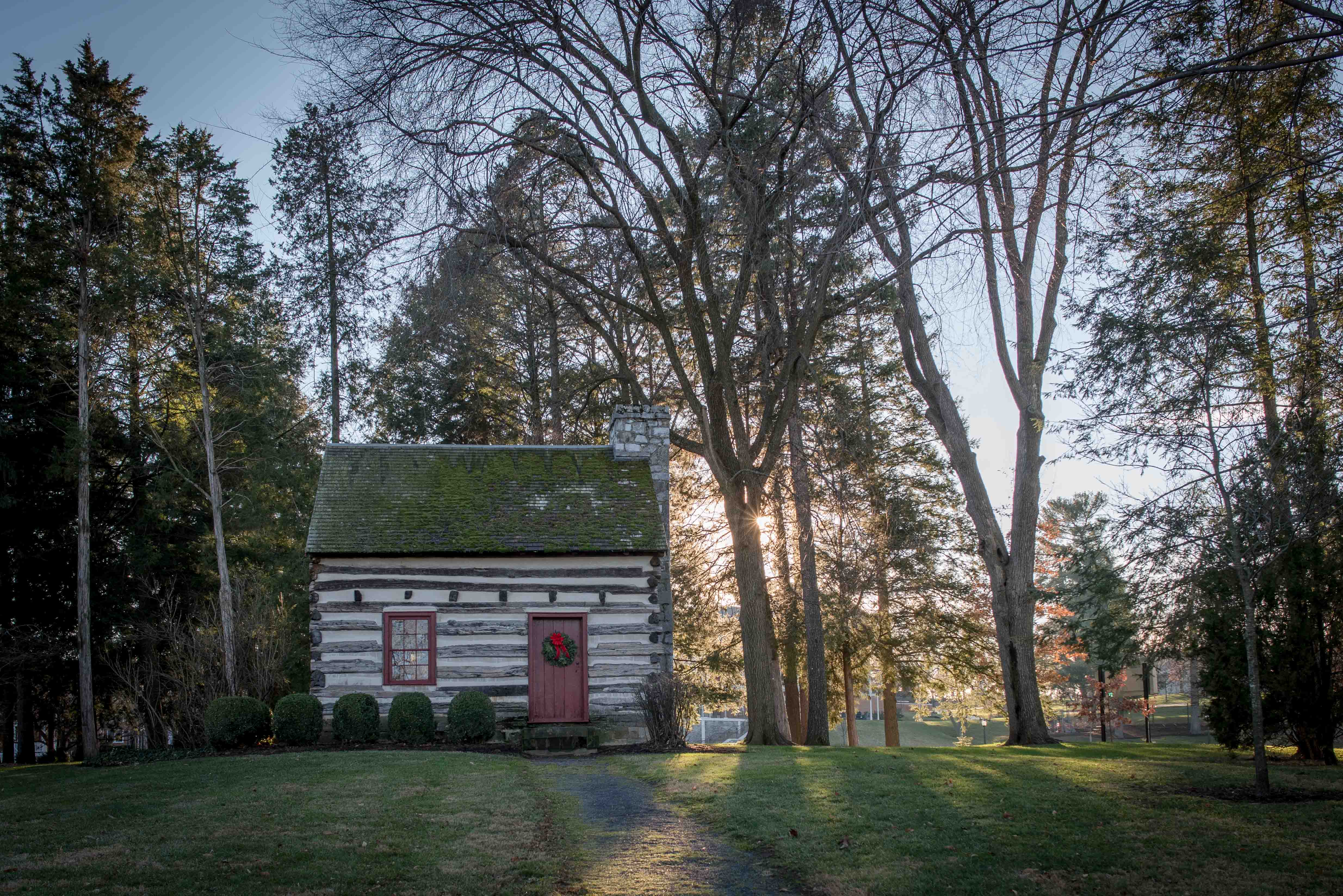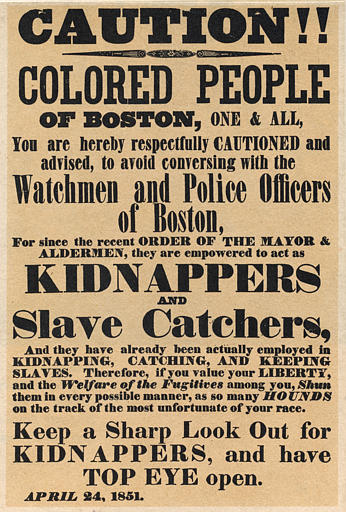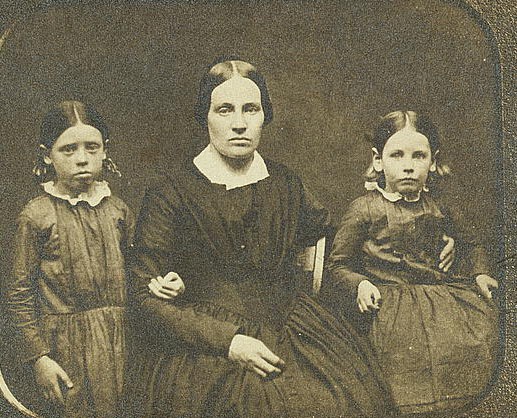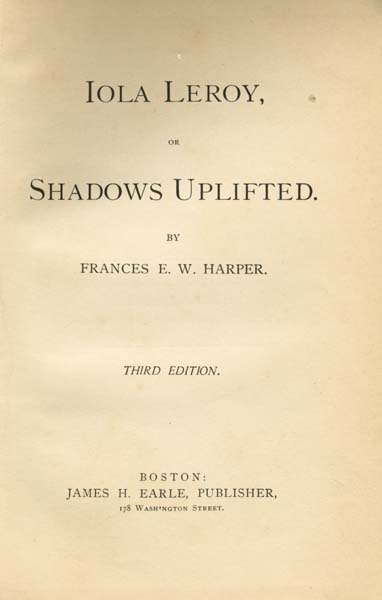|
First Unitarian Church Of Philadelphia
The First Unitarian Church of Philadelphia is a Unitarian Universalist congregation located at 2125 Chestnut Street in Philadelphia, Pennsylvania. As a regional Community Center it sponsors cultural, educational, civic, wellness and spiritual activities. On June 12, 1796, twenty of Philadelphia's intellectual leaders formed the First Unitarian Society of Philadelphia, becoming the first continuously functioning church in the country to name itself "Unitarian". The founders were directed and encouraged by the Unitarian minister Joseph Priestley, and its first settled minister was the Rev. Dr. William Henry Furness. William Henry Furness The small but growing congregation was lay-led until 1825, when Rev. Dr. William Henry Furness was persuaded to serve as the first minister at the age of 22. Starting in the 1830s, Furness became one of the few abolitionist ministers in the city, known for his anti-slave sermons and Underground Railroad activities. His speeches were so impas ... [...More Info...] [...Related Items...] OR: [Wikipedia] [Google] [Baidu] |
Octagon Chapel, Liverpool
The Octagon Chapel, Liverpool, was a nonconformist church in Liverpool, England, opened in 1763. It was founded by local congregations, those of Benn's Garden and Kaye Street chapels. The aim was to use a non-sectarian liturgy; Thomas Bentley was a major figure in founding the chapel, and had a hand in the liturgy. Background The dissenting group in Liverpool in the middle of the eighteenth century was in numerical terms shrinking. Many from congregations had conformed to the Church of England. A plan for a set liturgy, as a method of reform of dissenting services, was proposed by some Lancashire ministers in 1750. Despite open opposition by John Brekell from 1758, who by then had been ministering at the Kaye Street Chapel for nearly 30 years, the compilation of a new liturgy went ahead. The Kaye Street Chapel (also Key Street) dated from 1707, and belonged to the Warrington presbyterian '' classis''. The Benn's Garden Chapel in Red Cross Street, Liverpool, dated from 172 ... [...More Info...] [...Related Items...] OR: [Wikipedia] [Google] [Baidu] |
Philadelphia
Philadelphia ( ), colloquially referred to as Philly, is the List of municipalities in Pennsylvania, most populous city in the U.S. state of Pennsylvania and the List of United States cities by population, sixth-most populous city in the United States, with a population of 1,603,797 in the 2020 United States census, 2020 census. The city is the urban core of the Philadelphia metropolitan area (sometimes called the Delaware Valley), the nation's Metropolitan statistical area, seventh-largest metropolitan area and ninth-largest combined statistical area with 6.245 million residents and 7.379 million residents, respectively. Philadelphia was founded in 1682 by William Penn, an English Americans, English Quakers, Quaker and advocate of Freedom of religion, religious freedom, and served as the capital of the Colonial history of the United States, colonial era Province of Pennsylvania. It then played a historic and vital role during the American Revolution and American Revolutionary ... [...More Info...] [...Related Items...] OR: [Wikipedia] [Google] [Baidu] |
Greek Revival Architecture
Greek Revival architecture is a architectural style, style that began in the middle of the 18th century but which particularly flourished in the late 18th and early 19th centuries, predominantly in northern Europe, the United States, and Canada, and Greece following that nation's independence in 1821. It revived many aspects of the forms and styles of ancient Greek architecture, including the Greek temple. A product of Hellenism (neoclassicism), Hellenism, Greek Revival architecture is looked upon as the last phase in the development of Neoclassical architecture, which was drawn from Roman architecture. The term was first used by Charles Robert Cockerell in a lecture he gave as an architecture professor at the Royal Academy of Arts in London in 1842. With newfound access to Greece and Turkey, or initially to the books produced by the few who had visited the sites, archaeologist–architects of the period studied the Doric order, Doric and Ionic order, Ionic orders. Despite its un ... [...More Info...] [...Related Items...] OR: [Wikipedia] [Google] [Baidu] |
President Buchanan
James Buchanan Jr. ( ; April 23, 1791June 1, 1868) was the 15th president of the United States, serving from 1857 to 1861. He also served as the secretary of state from 1845 to 1849 and represented Pennsylvania in both houses of the U.S. Congress. Buchanan was an advocate for states' rights, particularly regarding slavery, and minimized the role of the federal government preceding the American Civil War. Buchanan was a lawyer in Pennsylvania and won his first election to the state's House of Representatives as a Federalist. He was elected to the U.S. House of Representatives in 1820 and retained that post for five terms, aligning with Andrew Jackson's Democratic Party. Buchanan served as Jackson's minister to Russia in 1832. He won the election in 1834 as a U.S. senator from Pennsylvania and continued in that position for 11 years. He was appointed to serve as President James K. Polk's secretary of state in 1845, and eight years later was named as President Franklin Pierce ... [...More Info...] [...Related Items...] OR: [Wikipedia] [Google] [Baidu] |
1850 Fugitive Slave Law
The Fugitive Slave Act or Fugitive Slave Law was a law passed by the 31st United States Congress on September 18, 1850, as part of the Compromise of 1850 between Southern interests in slavery and Northern Free-Soilers. The Act was one of the most controversial elements of the 1850 compromise and heightened Northern fears of a slave power conspiracy. It required that all escaped slaves, upon capture, be returned to the slave-owner and that officials and citizens of free states had to cooperate. The Act contributed to the growing polarization of the country over the issue of slavery. It was one of the factors that led to the founding of the Republican Party and the start of the American Civil War. Background By 1843, several hundred enslaved people a year escaped to the North successfully, making slavery an unstable institution in the border states. The earlier Fugitive Slave Act of 1793 was a Federal law that was written with the intent to enforce Article 4, Section 2, ... [...More Info...] [...Related Items...] OR: [Wikipedia] [Google] [Baidu] |
National Hall
National Hall is a former venue in Philadelphia, Pennsylvania, located at 1222–24 Market Street, between Twelfth and Thirteenth Streets. It was one of the most popular venues in the city, site of concerts, lectures, meetings, and political speeches. It opened on January 8, 1856, with a "grand operatic concert". While it existed, from 1856 to 1873, it was the main venue in Philadelphia for speakers for Abolitionism in the United States, abolitionism and other progressive causes. Some meetings held in National Hall * The 1856 American National Convention was held there. * In 1857, John W. Forney presided over a meeting to protest President Buchanan's attempt to impose the pro-slavery Lecompton Constitution on the Bleeding Kansas, Kansas Territory. * In December 1859 Abolitionism in the United States, abolitionists held an extended vigil awaiting John Brown (abolitionist), John Brown's execution, and afterwards continued with memorials. * On January 5, 1861, a meeting of support w ... [...More Info...] [...Related Items...] OR: [Wikipedia] [Google] [Baidu] |
John Brown (abolitionist)
John Brown (May 9, 1800 – December 2, 1859) was an American abolitionist in the decades preceding the Civil War. First reaching national prominence in the 1850s for his radical abolitionism and fighting in Bleeding Kansas, Brown was captured, tried, and executed by the Commonwealth of Virginia for a raid and incitement of a slave rebellion at Harpers Ferry, Virginia, in 1859. An evangelical Christian of strong religious convictions, Brown was profoundly influenced by the Puritan faith of his upbringing. He believed that he was "an instrument of God", raised to strike the "death blow" to slavery in the United States, a "sacred obligation". Brown was the leading exponent of violence in the American abolitionist movement, believing it was necessary to end slavery after decades of peaceful efforts had failed. Brown said that in working to free the enslaved, he was following Christian ethics, including the Golden Rule, Reprinted in '' The Liberator'', October 28, 1859 and th ... [...More Info...] [...Related Items...] OR: [Wikipedia] [Google] [Baidu] |
First Unitarian Church Of Philadelphia Dedicating Black Lives Matter Banner
First most commonly refers to: * First, the ordinal form of the number 1 First or 1st may also refer to: Acronyms * Faint Images of the Radio Sky at Twenty-Centimeters, an astronomical survey carried out by the Very Large Array * Far Infrared and Sub-millimetre Telescope, of the Herschel Space Observatory * For Inspiration and Recognition of Science and Technology, an international youth organization * Forum of Incident Response and Security Teams, a global forum Arts and entertainment Albums * ''1st'' (album), by Streets, 1983 * ''1ST'' (SixTones album), 2021 * ''First'' (David Gates album), 1973 * ''First'', by Denise Ho, 2001 * ''First'' (O'Bryan album), 2007 * ''First'' (Raymond Lam album), 2011 Extended plays * ''1st'', by The Rasmus, 1995 * ''First'' (Baroness EP), 2004 * ''First'' (Ferlyn G EP), 2015 Songs * "First" (Lindsay Lohan song), 2005 * "First" (Cold War Kids song), 2014 * "First", by Lauren Daigle from the album '' How Can It Be'', 2015 * "First", by ... [...More Info...] [...Related Items...] OR: [Wikipedia] [Google] [Baidu] |
Kevin Bacon
Kevin Norwood Bacon (born July 8, 1958) is an American actor. Known for various roles, including leading man characters, Bacon has received numerous accolades such as a Golden Globe Award and a Screen Actors Guild Award. Bacon made his feature film debut in ''National Lampoon's Animal House'' (1978) and performed in ''Diner (1982 film), Diner'' (1982) before his breakthrough role in the musical-drama film ''Footloose (1984 film), Footloose'' (1984). Since then, he has starred in critically acclaimed films such as ''JFK (film), JFK'' (1991), ''A Few Good Men'' (1992), ''Apollo 13 (film), Apollo 13'' (1995), ''Mystic River (film), Mystic River'' (2003), and ''Frost/Nixon (film), Frost/Nixon'' (2008). Other credits include ''Friday the 13th (1980 film), Friday the 13th'' (1980), Tremors (1990 film), ''Tremors'' (1990), ''The River Wild'' (1994), ''Balto (film), Balto'' (1995), ''The Woodsman (2004 film), The Woodsman'' (2004), ''Crazy, Stupid, Love'' (2011), ''X-Men: First Class' ... [...More Info...] [...Related Items...] OR: [Wikipedia] [Google] [Baidu] |
Laura Matilda Towne
Laura Matilda Towne (May 3, 1825 – February 22, 1901) was an American abolitionist and educator who founded the first school in the United States for the education of freedmen, the Penn School, in 1862 on Saint Helena Island, South Carolina. The school was established as part of the Port Royal Experiment during the American Civil War. Early life and education Towne was born on May 3, 1825, in Pittsburgh, Pennsylvania, to John Towne and Sarah Robinson. She was raised in Philadelphia by her father after her mother's early death. She was educated in Boston and Philadelphia. She studied homeopathic medicine privately under Dr. Constantine Hering and at the Female Medical College of Pennsylvania. She enrolled in Penn Medical University but there is no record of her receiving a degree. Career She was raised in Philadelphia and was influenced by sermons about the abolition of slavery by William Henry Furness at the First Unitarian Church of Philadelphia. She volunteered in se ... [...More Info...] [...Related Items...] OR: [Wikipedia] [Google] [Baidu] |
Frances Harper
Frances Ellen Watkins Harper (September 24, 1825 – February 22, 1911) was an American abolitionist, suffragist, poet, temperance activist, teacher, public speaker, and writer. Beginning in 1845, she was one of the first African American women to be published in the United States. Born free in Baltimore, Maryland, Harper had a long and prolific career, publishing her first book of poetry at the age of 20. At 67, she published her widely novel ''Iola Leroy'' (1892), placing her among the first Black women to publish a novel. As a young woman in 1850, Harper taught domestic science at Union Seminary in Columbus, Ohio, a school affiliated with the African Methodist Episcopal Church (AME). In 1851, while living with the family of William Still, a clerk at the Pennsylvania Abolition Society who helped refugee slaves make their way along the Underground Railroad, Harper started to write anti-slavery literature. After joining the American Anti-Slavery Society in 1853, Harper began he ... [...More Info...] [...Related Items...] OR: [Wikipedia] [Google] [Baidu] |
John La Farge
John La Farge (March 31, 1835 – November 14, 1910) was an American artist whose career spanned illustration, murals, interior design, painting, and popular books on his Asian travels and other art-related topics. La Farge made stained glass windows, mainly for churches on the American east coast, beginning with a large commission for Henry Hobson Richardson's Trinity Church in Boston in 1878, and continuing for thirty years. La Farge designed stained glass as an artist, as a specialist in color, and as a technical innovator, holding a patent granted in 1880 for superimposing panes of glass. That patent would be key in his dispute with contemporary and rival Louis Comfort Tiffany. La Farge rented space in the Tenth Street Studio Building at its opening in 1858, and he became a longtime presence in Greenwich Village. In 1863 he was elected into the National Academy of Design; in 1877 he co-founded the Society of American Artists in frustration at the National Academy's co ... [...More Info...] [...Related Items...] OR: [Wikipedia] [Google] [Baidu] |









